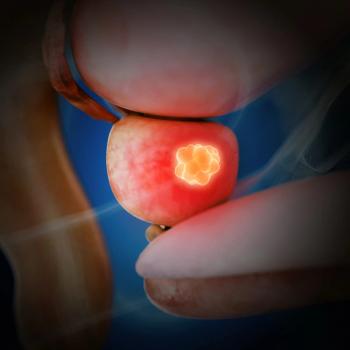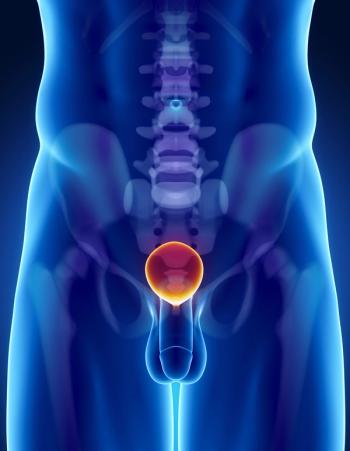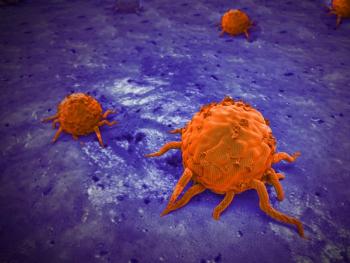
Oncology NEWS International
- Oncology NEWS International Vol 4 No 9
- Volume 4
- Issue 9
New Assay Measures PSA/Free-PSA Ratio, Shows Improved Specificity
NEW YORK--A new testing kit that measures free PSA (F-PSA), developed by a French pharmaceutical firm, may improve the positive predictive value (PPV) of PSA testing.
NEW YORK--A new testing kit that measures free PSA (F-PSA), developedby a French pharmaceutical firm, may improve the positive predictivevalue (PPV) of PSA testing.
Because of the difficulty in distinguishing between prostate malignanciesand benign prostatic hypertrophy (BPH) with PSA levels of 4 to10 ng/mL, the specificity of PSA testing is currently limited.
At the International Conference on Human Tumor Markers, NathalieBedeau, of CIS bio international (Gif-sur-Yvette), described anew assay that measures the ratio of total PSA to F-PSA.
Ms. Bedeau explained that PSA assays currently in use measuretotal PSA without making a distinction between F-PSA and PSA boundto alpha-1-antichymo-trypsin. It is known that the proportionof F-PSA is higher in patients with BPH than in those with prostatecancer. The ability to measure both total PSA and F-PSA, and toderive a ratio between the two, has been shown to nearly doublethe positive predictive value of PSA testing.
A first trial of 105 patients with prostate pathology (prostatecancer or BPH) showed that total PSA (with a cut-off of 4 ng/mL)yielded a PPV of only 48%. In the same population, the use ofF-PSA measurement and the ratio of F-PSA to total PSA yieldeda PPV of 87%.
The CIS bio international kit is available in Europe, and it holdspromise as a way to improve the specificity of PSA testing asa diagnostic tool, Ms. Bedeau commented.
[Editors' note: In the US, Hybritech has developed a similar assay,to be tested in a large clinical trial coordinated by WashingtonUniversity of St. Louis.]
Articles in this issue
about 30 years ago
New Probe Detects Fusion of bcr/ablabout 30 years ago
Avon's Breast Cancer Crusade to Offer 'Pink Ribbon' Pensabout 30 years ago
Take a Behind the Scenes Look at ODACabout 30 years ago
Michigan Cancer System Named for Womanabout 30 years ago
High-Dose Chemo Patients to Get Stem Cells With the MDR-1 Geneabout 30 years ago
Report on Minority Health Finds Few Black Oncologistsabout 30 years ago
Where Are We Going and What Questions Do We Need to Ask?about 30 years ago
Phase I Trial of Circadian Patterned Infusion of Continuous IL-2 Opensabout 30 years ago
Hodgkin's Disease Patients Sought for Trial of MoAbNewsletter
Stay up to date on recent advances in the multidisciplinary approach to cancer.



















































































